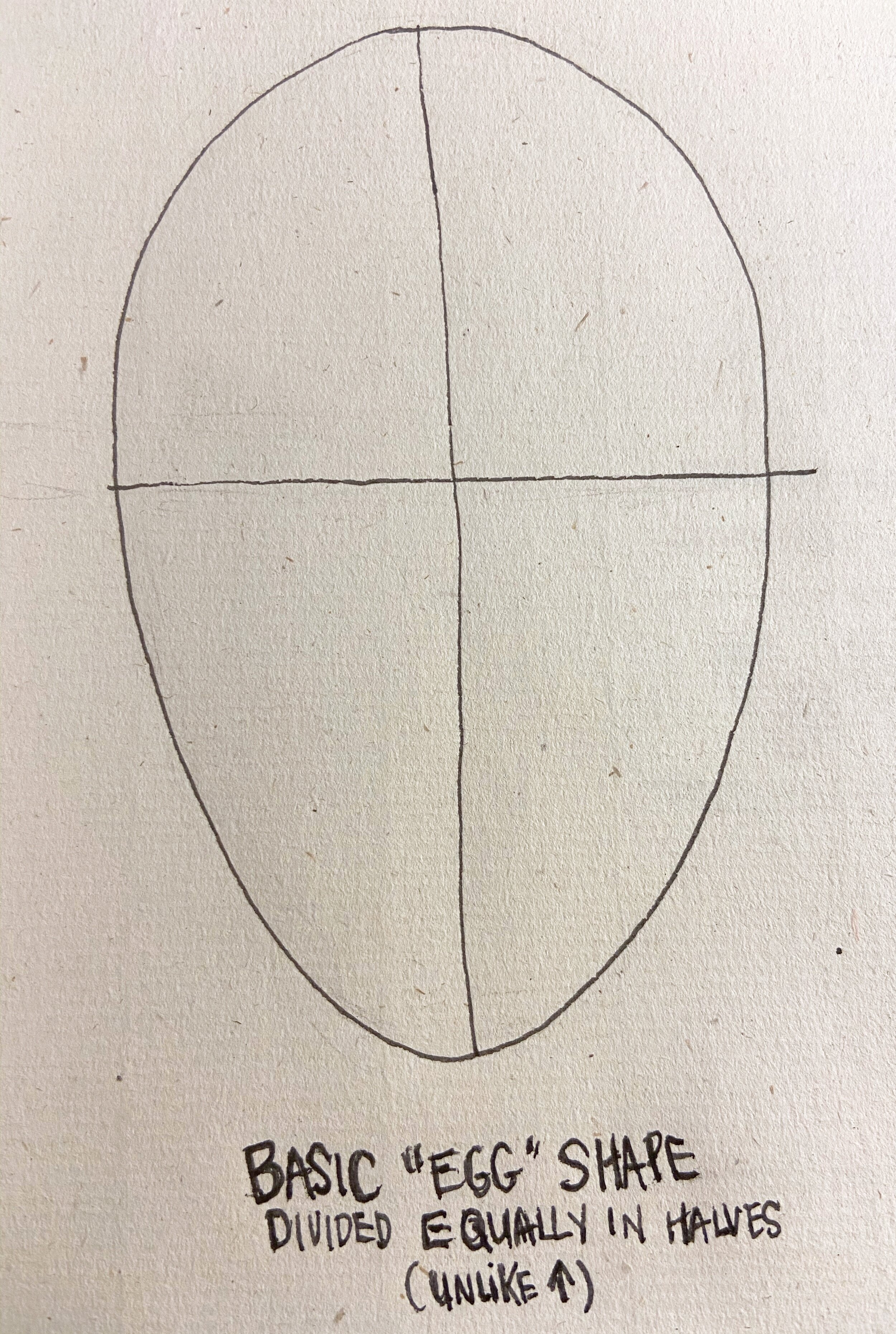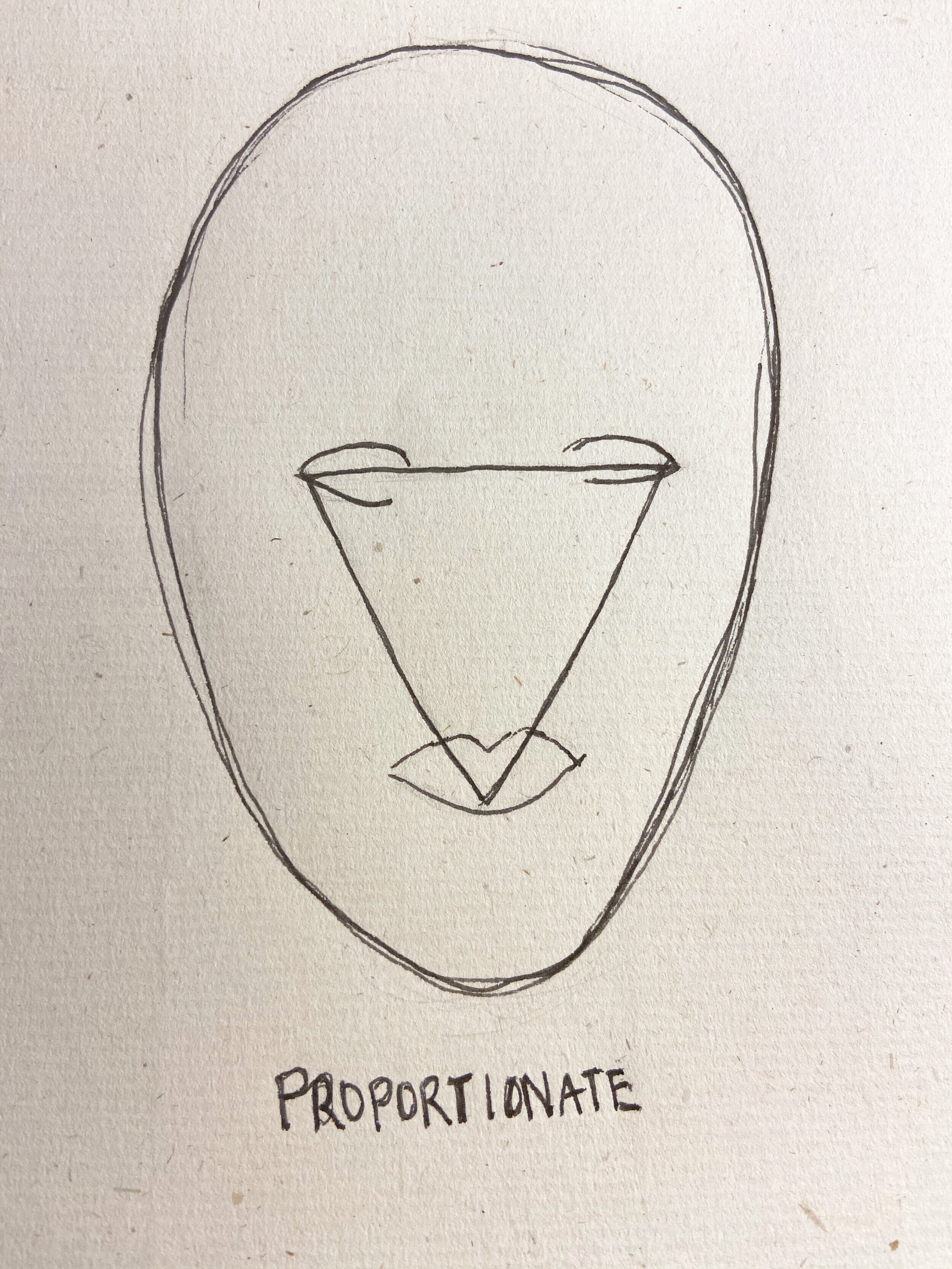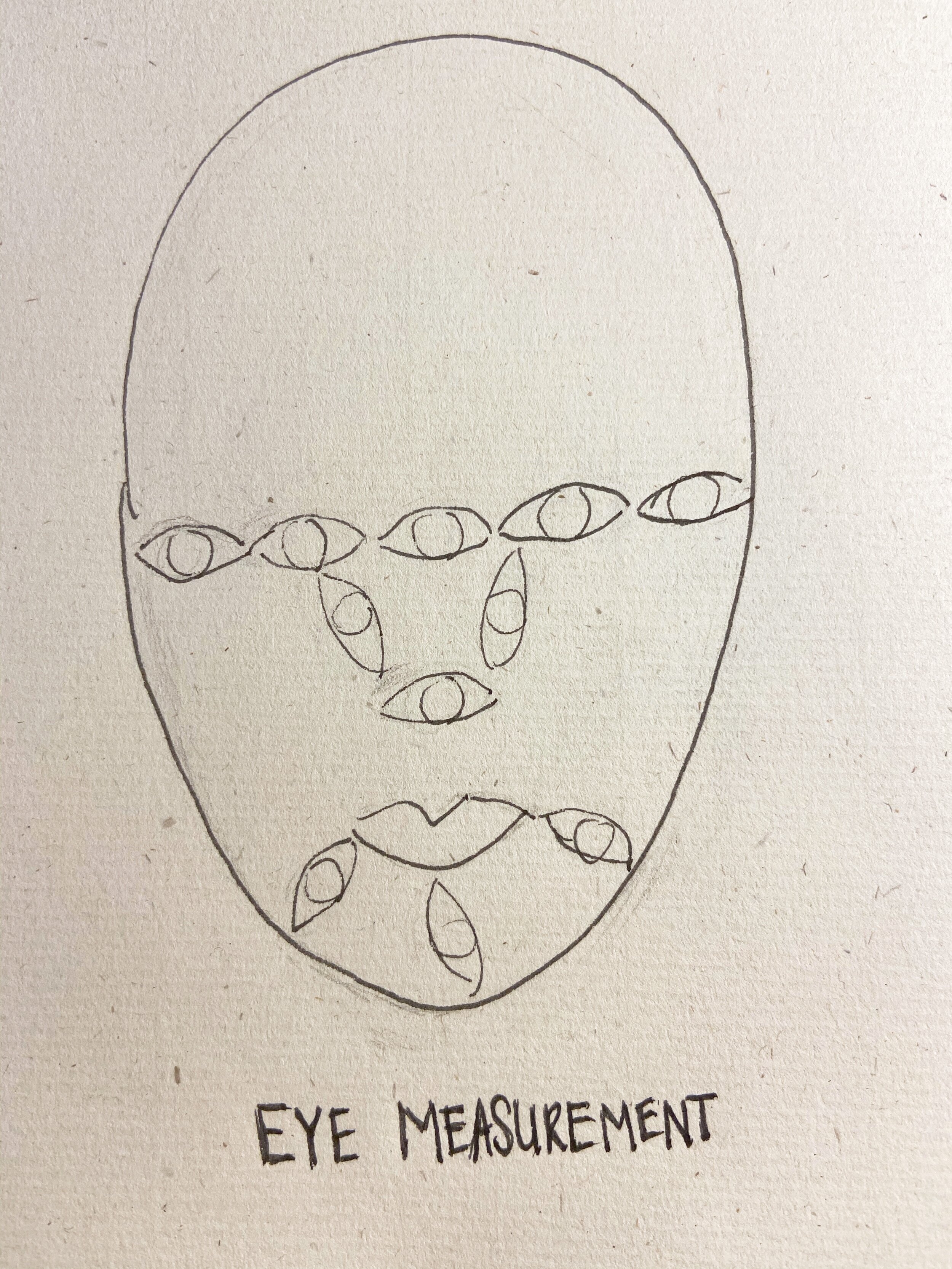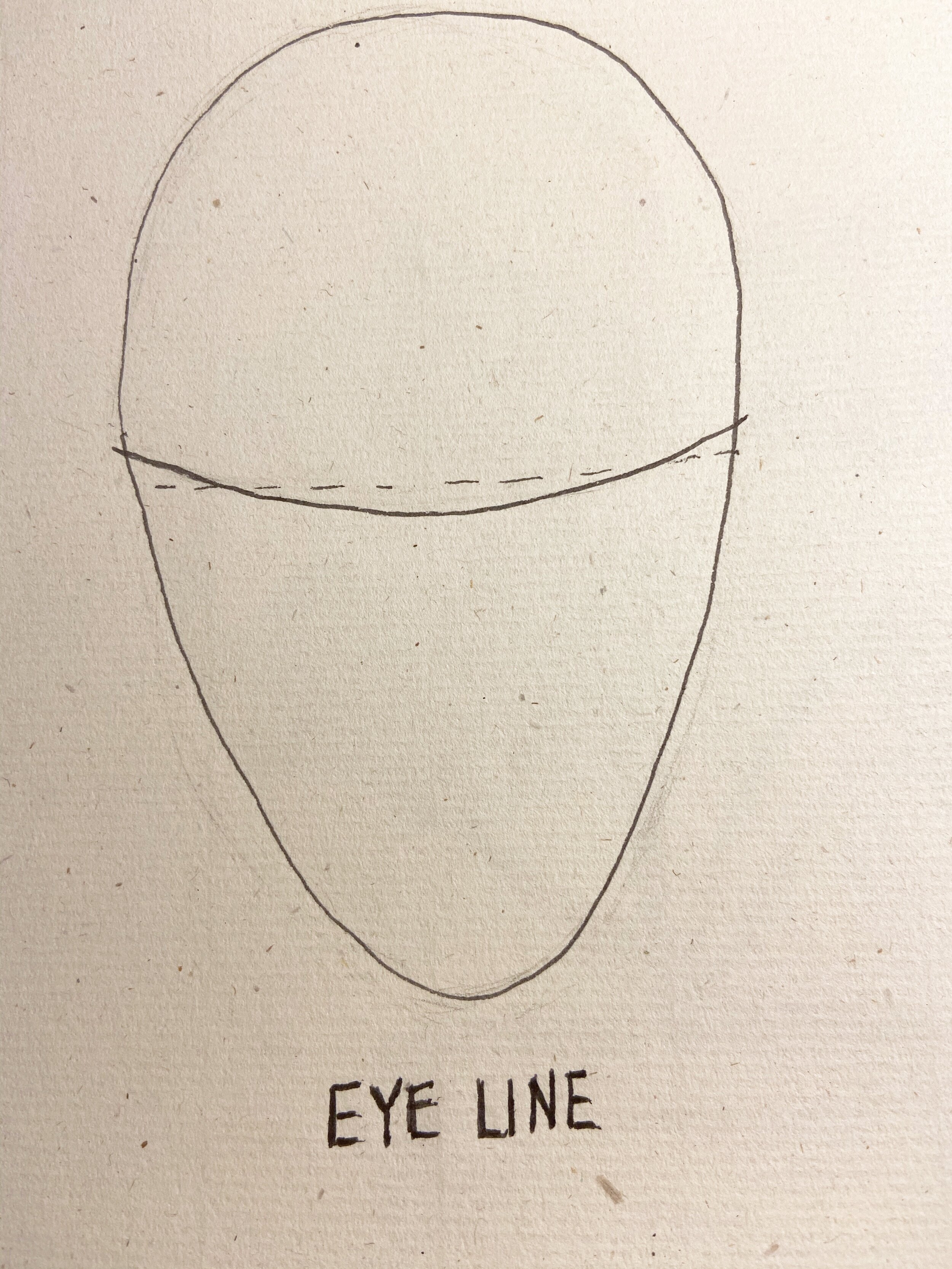Self Portrait
3 STEPS TO DRAW A SELF PORTRAIT & A DEEP DARK SECRET
Photo by: Alina Grubnyak @alinnnaaaa
Decided if you’d like to use a photo of yourself as a reference or use a mirror. If you choose to use a mirror, you will need to sit very still just moving your eyes to capture your features and angles properly. It’s helpful to stare at your face in the mirror before you get started to get familiar with small details that you may have always overlooked. Step one is the most important step and it is also the deep dark secret. Shhh
STEP 1: The secret in truly capturing a person is finding their “high” eye. The eye line is what makes each person unique so if you use a flat straight line to set the eye upon, the face will not look like yourself or the person you’re drawing. To find the “high” eye, look in the mirror and see if you can find which of your eyes sits higher than the other. Everyone has one eye slightly higher than the other. Once you find this on yourself and on anyone else, you already have the essence of their unique face started. This angle is used in creating the horizontal line for the eyes. Get that angle just right and you’ll save yourself a bunch of frustration and erasing when you’re further along in the portrait.
STEP 2: Create the oval, the center line and the horizontal eye line that is unique to your face. Then, draw the triangle measurement from the center of the eyes to the base of the lips which should be the same length on all three sides. In the third image below, you’ll see a bunch of eyes all over the face. Another trick is that the measurements of the face are in “eye” width. For example, there are five eye widths from temple to temple. The nose is one eye wide and there is one eye’s width from eye to the edge of the nose and one eye’s width from the corner of the mouth to the jaw. Of course there will be some variations with each face so use this as a guide to see how this works for your face.
STEP 3: Study the basic lines and shapes of your features for now. Leave the shading and ultra fine details for another time. At first, these sketches may resemble some of Picasso’s or Matisse’s work (enlarged, flat and asymmetrical shapes). Practice the basic shapes of the eyes, nose, lips and maybe ears outside of the oval. This will help you feel more relaxed and fluid with your sketching experimentation. Some of my favorite sketches happened when I was practicing before the “real” drawing or painting was underway. Once you feel as though you have the shapes of your face captured, use those sketches as a reference and add them to your oval face shape. Be sure to use light strokes if you use the guides so they can be easily erased.
NOTE: As with all creative exercises, have fun and go easy on yourself. It takes a lot of consistent practice to make something look effortless. If you find this portrait activity enjoyable and want to take your drawing to the next level, check out some videos from talented artists on Skill Share or YouTube.
Enjoy my sloppy and creepy sketches to get started.









